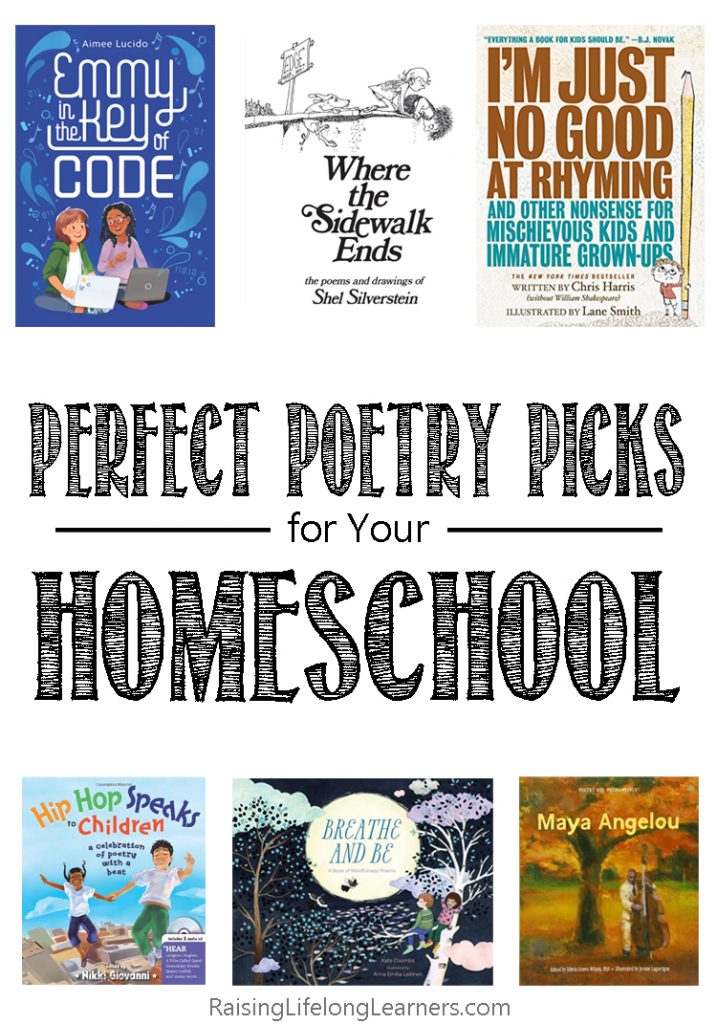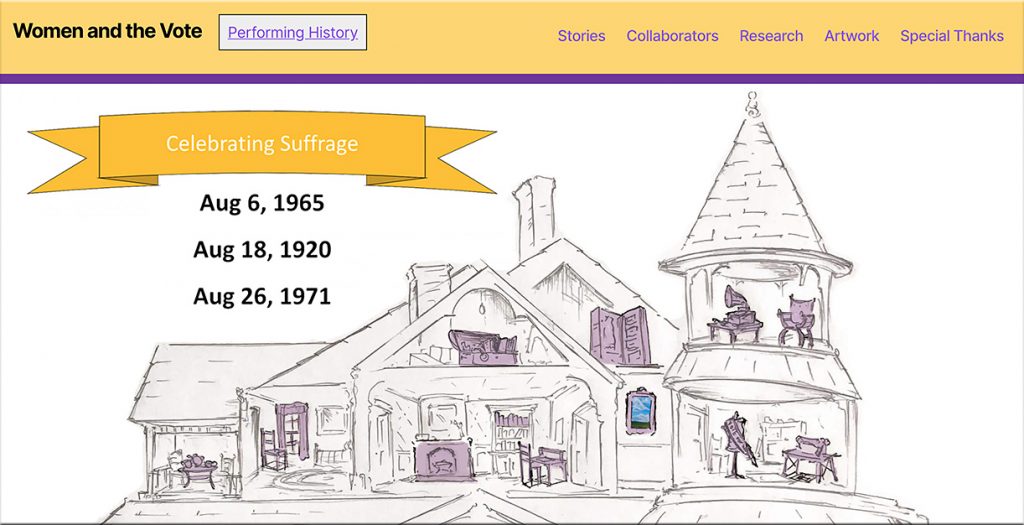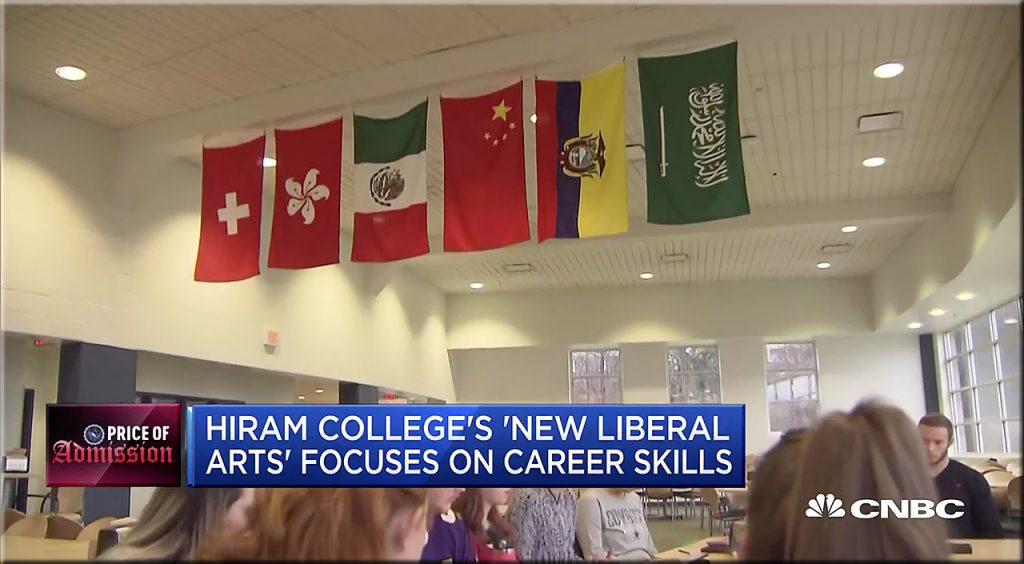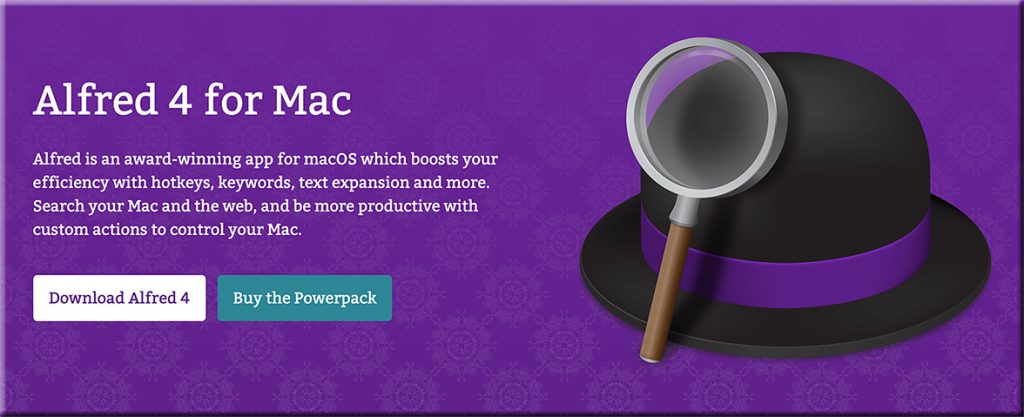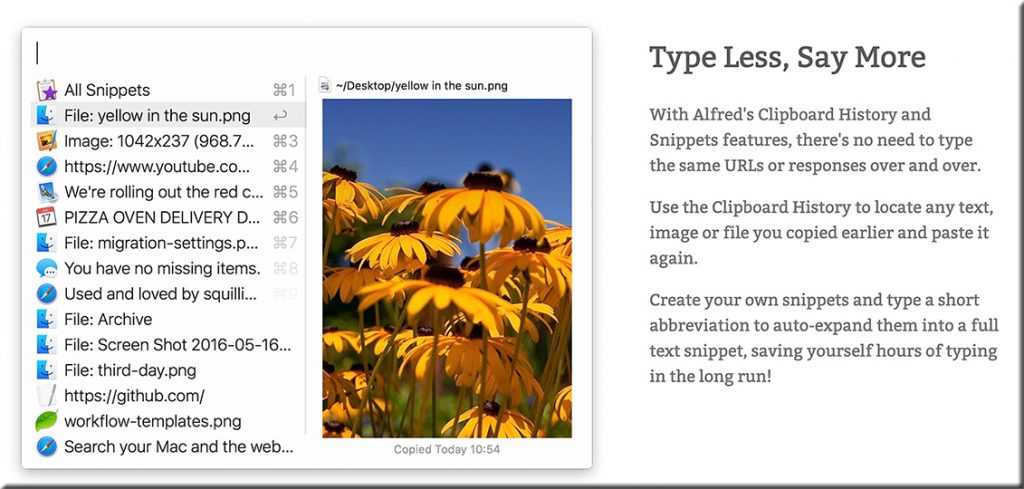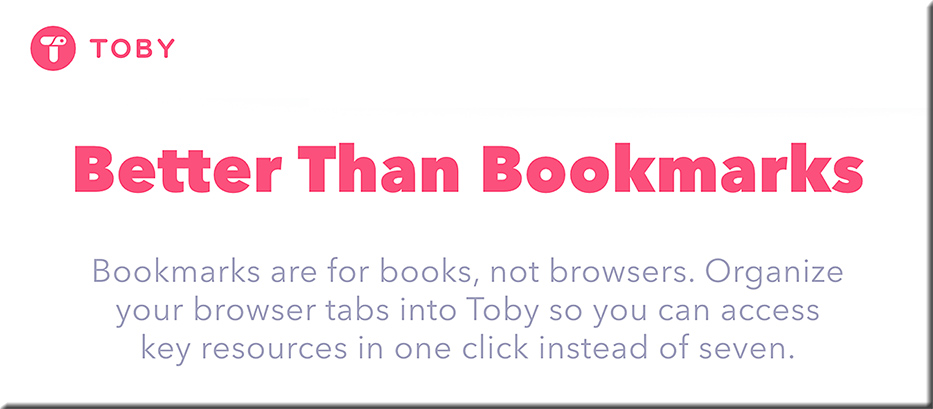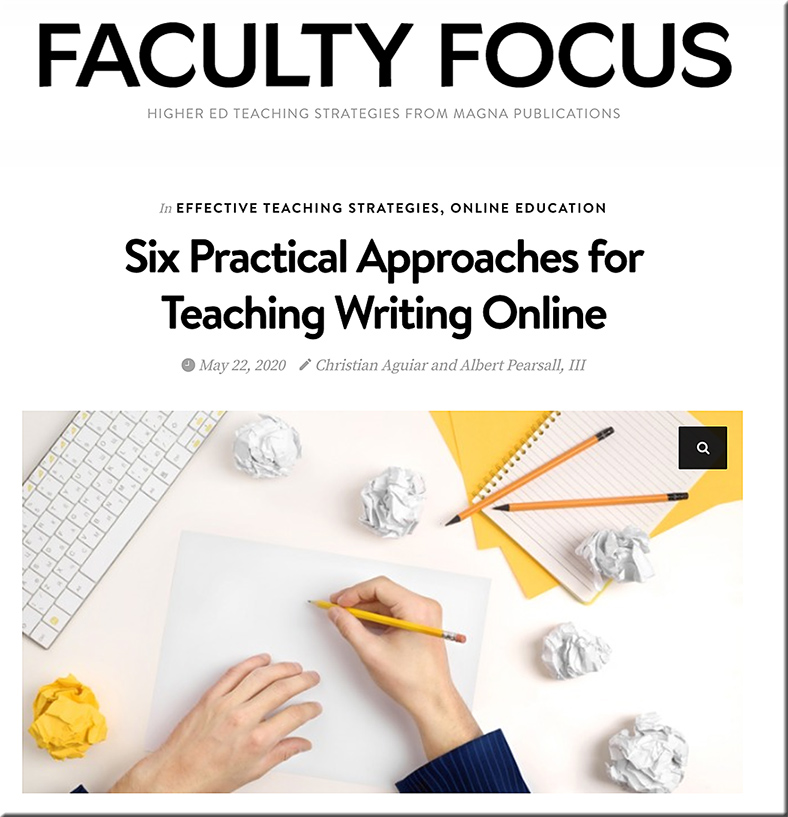Perfect poetry picks for your homeschool — from raisinglifelonglearners.com by Colleen Kessler
AP Style Rules: Correct Uses for Race-Related Terms, Gender-Neutral Words, and Election Lingo — from mediablog.prnewswire.com
We know journalists are busy, and it can be difficult to keep up with recent AP Stylebook changes. So we’ve done the work for you, rounding up a few of the recent significant — and just plain interesting — updates to the AP Stylebook.
Excerpt:
It’s hard to believe it’s only been a few months since our last AP Style roundup. So much has happened since then.
Let’s recap some of the recent AP Style rule reminders. And with the presidential election quickly approaching, we’ll review some of the writing rules on that topic as well.
Arc, Spiral, and Curve Bookshelves — from theawesomer.com by Brianna Kufa
?? You do NOT have to use ALL CAPS to emphasize words in a Google document’s comments. Here’s how to make bold, italics, and strikethrough text… pic.twitter.com/5eirjmmfnB
— Tony Vincent (@tonyvincent) May 22, 2020
From DSC:
Thanks Tony for this item. I was trying to think of how to do this just the other day…so I’m a bit late in posting this, but better late than never, heh?
Turns out you can build community in a Zoom classroom — from chronicle.com by Rachel Toor
A professor finds that personal essays are surprisingly effective in building relationships in a synchronous virtual classroom
Excerpt:
Over the course of the quarter, they got to know one another by reading those sandbox essays. The writing became more vulnerable, more authentic, and, frankly, a whole lot better. That was a function of learning tools and tricks from published writing, but also of getting more comfortable using their own voices.
Next fall I will continue to use the sandbox. The spring semester taught me other lessons, too, about how to help students adjust to one another in a synchronous classroom, and to a professor they’ve never met in person. Here are some other things I want to remember to do when we are once again online.
Why photography?
A photograph is the quickest and easiest way for somebody to document the realities of their circumstances. Most people are familiar with photography to some degree, and it can be picked up relatively quickly by all abilities and ages.
Photography also crosses cultural and linguistic barriers, with its power lying in its dual role as both a form of creative expression and a way to document facts.
It provides an accessible way to describe realities, communicate perspectives, and raise awareness of social and global issues to different audiences.
Its relatively low cost and ease of dissemination encourages sharing, facilitating dialogue and discussion, even for those who have never picked up a camera before.
Addendum on 6/25/20
- Writing and Photography — from educationcloset.com with Ralph Fletcher
Six Practical Approaches for Teaching Writing Online — from facultyfocus.com by Christian Aguiar and Albert Pearsall; with a shoutout to Bill Knapp from GRCC for posting this on Twitter









